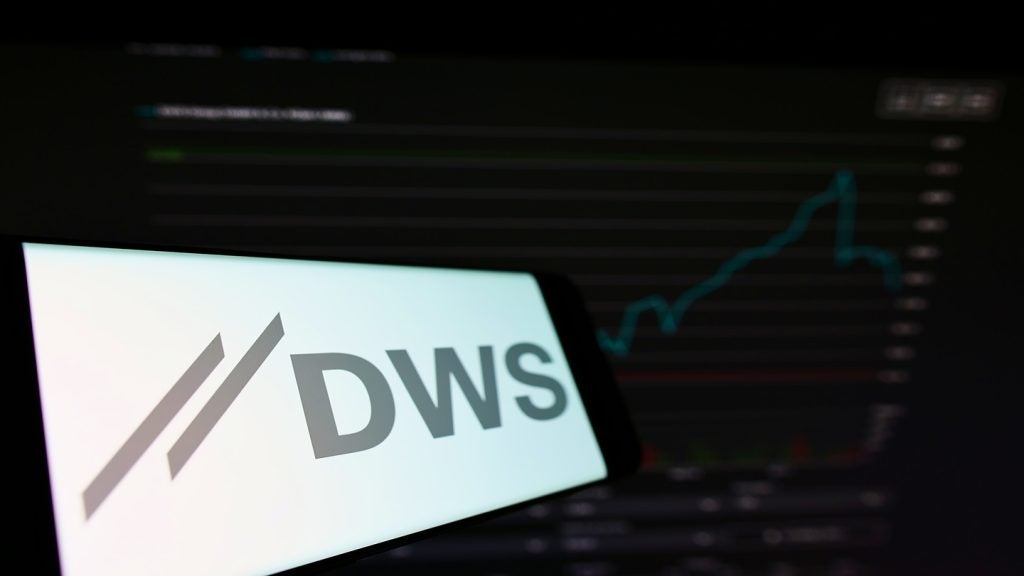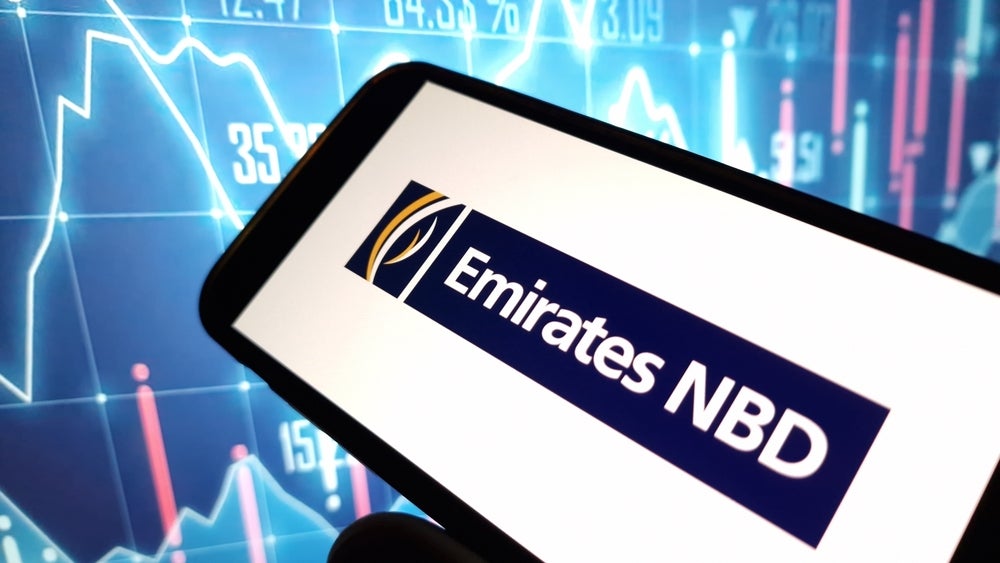In recent years there have been countless cases of consolidation across the wealth management and asset management industries, in part due to private equity firms seeing significant opportunities in an untapped sector with huge potential. While that doesn’t show any signs of slowing down, could a different wave of consolidation be sweeping the sector?
Unintended consequences
For more than two decades, wealth and asset management firms have been investing in technology and recently those investments have ramped up. Typically, this has been executed in a reactive manner, either as new capabilities or new challenges have emerged, or based on evolving customer demands. It has also been delivered through internal software development programmes, the implementation of best of breed third party technology, as well as full technology outsourcing.
However, most firms are now realising that operating in this way over a sustained period, and potentially with different decision makers along the way, means firms have ended up with a number of disparate systems. These systems are not maximising the potential value of the technology and are instead creating a drag on business performance, prompting some to thoroughly review their “tech pile” and establish a strategy to create a well-organised and effective “tech stack”. Many more are likely to follow suit over the coming years.
Time and tide wait for no man!
Many firms are now grappling with ageing internally-built systems that use an outdated code base, are built on an on-premise infrastructure requiring heavy ongoing maintenance, and are creaking every day as they are asked to do more. To compound the problem, in many cases the only people with the knowledge of the architecture and code are of an age close to retirement. This means that the “technical debt” of those systems, i.e., the cost of simply keeping the system operational, secure and compliant is increasing significantly.
The issue doesn’t just relate to internally-built systems. Even those firms with the foresight to have used third-party experts are suffering since those systems are also ageing and many were installed locally at a time when SaaS had not fully manifested. Many of these systems are highly customised, expensive to maintain, and managed internally using a dedicated team.
This spaghetti junction of internal and external systems, combined with outsourced services, can be very clunky and offers minimal integration benefits. The lack of interoperability means that the “integrations” which do exist are likely to have been achieved through human-led workarounds. The outcome of this situation for the business is that the costs and risks are on the rise and the scalability and competitiveness of the proposition is materially compromised.
Wealth and asset managers are under increasing pressure from cost expansion and margin contraction, while revenues are also threatened by subdued markets, increasing competition, slowing AuM growth and client attrition. Coupled with increasing investor expectations for speed, efficiency, and seamless experiences, it is clear that an ineffective, antiquated operating platform is not going to help modernise the proposition and protect the economics of the business; in fact, it may be a significant barrier to it.
Steadying the ship
The answer to this challenge is firstly to be brave and design a target operating model that is modern, integrated, agile and scalable. One potential starting point is to consolidate technologies and technology providers with a focus on one core strategic partner in order to simplify the architecture.
Businesses should also look to leverage an elastic cloud infrastructure that comes with managed services to future proof the business, ensure the solution carries the right levels of rigour in relation to cyber-security and total resilience, and choose a core solution that is flexible and can easily integrate with other adjacent solutions both today and in the future. If all this is done, the chances are high that technology will be reshaped through the core of the operations as a driver of value and not a drain on budgets.
With the evolution and consolidation of the wealth and asset management industries continuing to accelerate at pace across industries, it’s crucial that firms take a longer-term view of their technology infrastructure so they are equipped to ride the waves of opportunity – and navigate any choppy waters – that come their way.
Russell Andrews is Head of Wealth & Asset Management EMEA, Capital Markets at FIS







